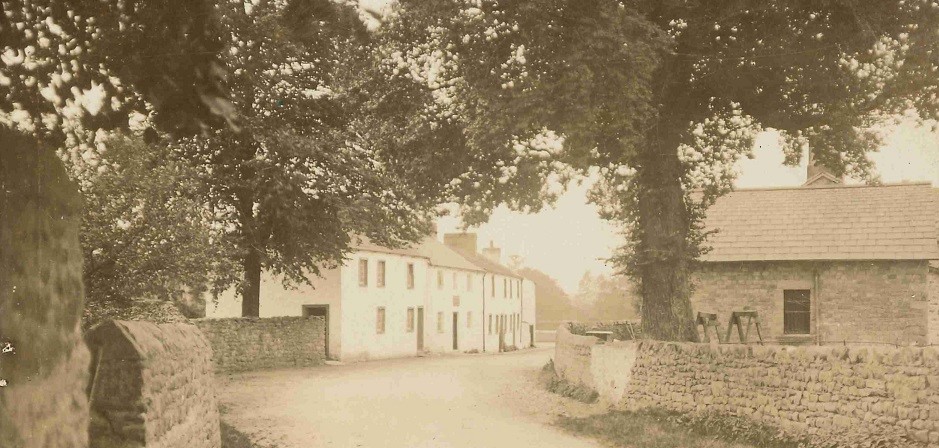Tunstall was first recoded in the Domesday Book at ‘Tunestalle’ is quite a common name and is found across the country. It is an Anglo-Saxon name from the Old English ‘tūn’ (settlement) and ‘steall’ (place). It is taken to mean ‘site of a farm’ or ‘farmstead’.
The apparent humbleness of the name masks the early importance of Tunstall, which is on the Roman road heading from Lancaster up the Lune Valley to the nearby fort at Burrow.
In 1066 it was unusual in Lancashire as it was at the centre of a small parish with a church. At this point Tunstall was one of four manors attached to Bentham and held by Ketil, which is an Old Norse name. The other three manors were Wennington, Tatham and Farleton. By the later 1100s Tunstall was part of the lordship based on Hornby and ownership of the parish was given to Croxton Abbey in Leicestershire.
The village was dominated by nearby Thurland Castle.
The image shows Tunstall village in the early 1900s.


